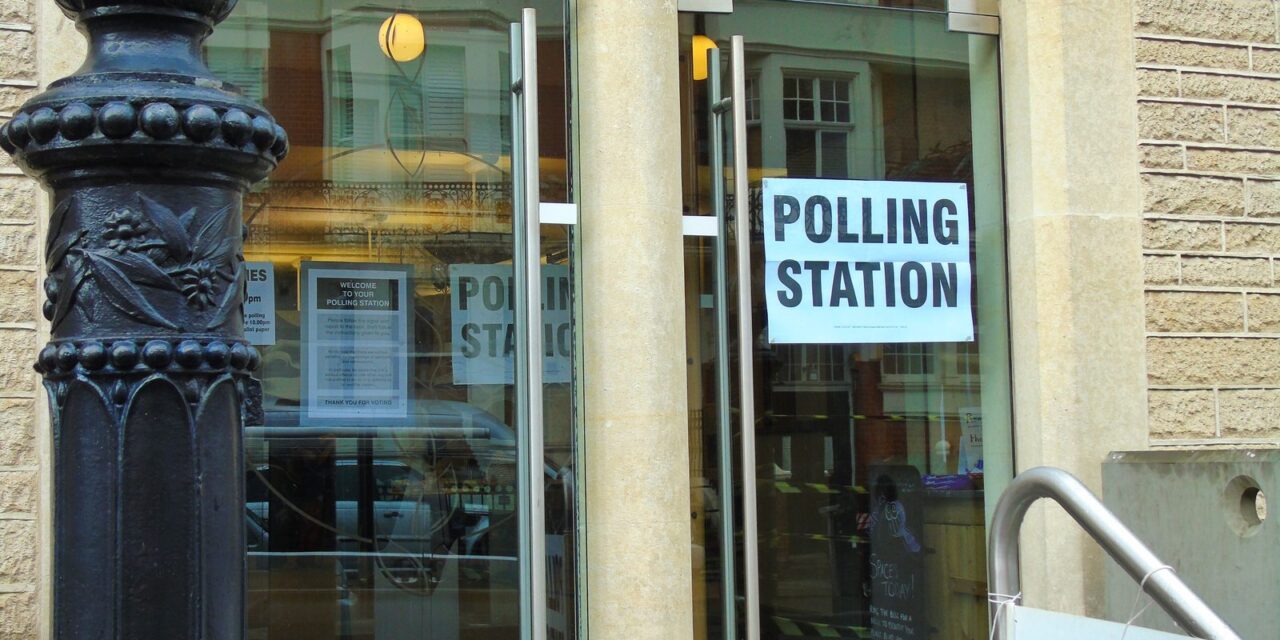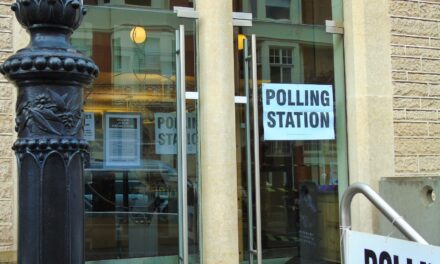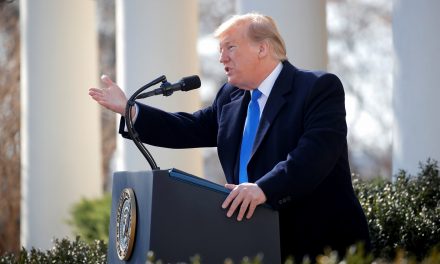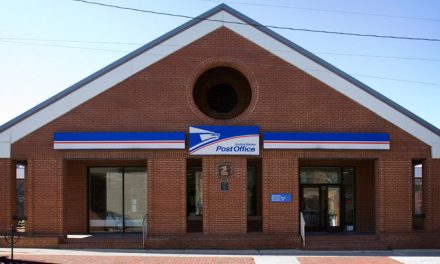Cross-posted at Project Vote’s Voting Matters Blog
Weekly Voting Rights News Update
By Erin Ferns
Final election results from the 2008 presidential election reveal that voter turnout was at the “highest level in 40 years.” However, the biggest gain cannot just be seen in overall turnout. As Project Vote assessed in a recent report on 2008 voter demographics – now confirmed by other sources – the biggest gain was among minority and young voters. This success signifies a shift towards a more balanced electorate, and may herald election reforms to expand early voting and voter registration opportunities.
“Final figures from nearly every state and the District of Columbia showed that more than 131 million people voted, the most ever for a presidential election,” according to the Associated Press on Monday. Nearly 62 percent of eligible citizens cast ballots in 2008, compared to the 60.1 percent that turned out in 2004.
“We seem to have restored the levels of civic engagement that we had in the 1950s and 1960s,” said George Mason University political science professor, Michael McDonald. “But we didn’t break those levels.”
Southern California voters were among the many that have brought civic engagement back to the levels the region saw nearly three decades ago. Until recently, the inland region, consisting of Riverside and San Bernadino Counties, registered and voted at rates well behind the state average, according to the Press-Enterprise. Although nearly a third of region’s 2.5 million eligible voters have reportedly never registered to vote, turnout rates in 2008 broke a quarter-century record in the area. Both counties report turnouts in the mid to upper 70s, one even exceeding California’s projected turnout rate of 77.5 percent.
“Turnout is always higher in presidential elections,” Riverside County Registrar of Voters Barbara Dunmore said. “We certainly hope that it will encourage voters to return to their polling places and exercise their right to vote.”
While overall turnout records are being set or broken by the 2008 election, advocates are taking closer examinations of turnout among certain sections of the electorate, particularly among the historically underrepresented.
Black voter turnout in particular “was at a historic high,” according to a new analysis of black voter turnout in 2008 by the Joint Center for Political and Economic Studies. According to the report, “the Census Bureau’s November 2006 Current Population Survey reported that there were 24.81 million eligible African American adults, and with 16.6 million black votes cast, 2008 black turnout would be 66.8 percent – smashing the previous record of 58.5 percent in 1964; the post-Voting Rights Act turnout high was 57.6 percent in 1968.”
Florida Today, a Brevard County publication, also analyzed voter data, attributing the increase in Democratic turnout to “a surge in minority voters. The number of minorities who cast ballots this year was up 47 percent from 2004. The increase for white voters was 4 percent.”
The paper also cited Project Vote’s recent analysis of voter turnout, which “found the number of minority voters was up significantly in the state — and nationwide.”
“I think there was definitely an attempt to participate in the process in a way they haven’t been able to before,” said chairman of Brevard Republican Party, John Anderson, who credits black churches and civil rights groups for playing a “pivotal role in increasing black turnout.”
This surge in black turnout, according to the Associated Press, “helped” Obama win as it gave black voters “the opportunity to elect the first black president.”
Obama’s campaign also mobilized voters to cast ballots early, AP reports, perhaps contributing to the heightened interest in this method of voting. Early voting, “either by mail or designated sites,” accounted for more than 31 percent votes on Election Day. In 2004, just 22 percent of votes were cast early.
Early voting is among the most talked about election reforms following the election. Since November, at least six states have pre-filed early voting bills for the 2009-2010 legislative sessions. Similarly, voter registration reforms, such as Election Day Registration (EDR), are gaining interest among advocates and lawmakers with at least two states considering EDR for 2009 so far and one state putting EDR to the test in the 2008 election.
Calling the election a “true test” of the state’s 2007 EDR law, Secretary of State Michael Mauro reported voter turnout increased threepercent in Iowa with nearly 48,000 Iowans showing up on Election Day to both register to vote and cast a ballot, according to a Radio Iowa report.
Despite unfounded but common fears of EDR being particularly susceptible to voter fraud, Mauro reported that there were no “real cases” of voter fraud and that the state was successful in allowing “many more people to participate in the process” while keeping the voting system “safe and secure.”
Iowa is among nine states that practices EDR, not including Ohio which permitted voters to register and vote during the early voting period this year. Though Iowa only passed its law last year, other states have practiced EDR since the 1970s, showing turnout rates increase 10-12 percent above the national average, according to public policy group, Demos.
Quick Links:
Jodie Herman and Lorraine Minnite. “The Demographics of Voters in America’s 2008 General Election: A Preliminary Assessment.” Project Vote. Nov. 18, 2008.
In Other News:
Bill eliminates same-day register, vote – Cincinnati Enquirer
COLUMBUS – Setting up a possible showdown with Gov. Ted Strickland, the Ohio House passed a bill Tuesday that eliminates the “golden week”- a period when voters could register and vote by absentee ballot on the same day.
OPINION: Toward A Better Registration System: Eliminating A Mountain Of Paperwork Is A Top Priority For Gathering Of Election Administrators – National Journal
Imagine an election in which registration is automatic, voters cast their ballots online, and more than half the votes are in before Election Day.






